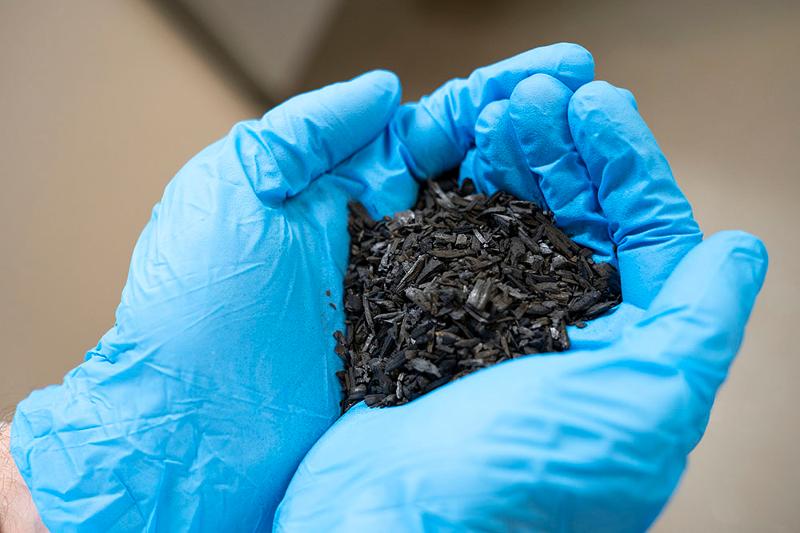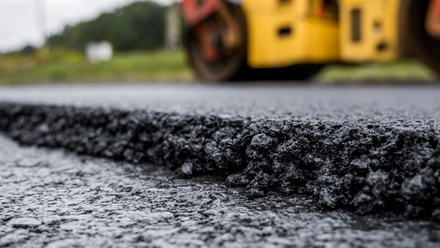Biochar's ability to store carbon explored
The University of Nottingham, UK, is to lead the world’s largest trial to evaluate the viability of biochar to store carbon from the atmosphere.

Work on the four-and-a-half-year project has begun, with field trials in arable and grassland sites in the Midlands and Wales, as well as former mines, railway embankments where engineering work has resulted in loss of vegetation, and woodlands across England and Wales.
Biochar is a charcoal-like substance, produced by heating organic biomass from agriculture and forestry waste in the absence of oxygen (pyrolysis) to make it carbon-rich and chemically-stable. At present, in the UK, it is produced on an extremely small-scale in kilns and it is mainly sold as a mulch for horticulture. However, its effectiveness, cost, social acceptability and limitations need to be better understood and proven at scale.
The gases generated in the charring process can be used to provide renewable heat and power.
Project lead, Professor Colin Snape, Director of Nottingham’s EPSRC Centre of Doctoral Training in Carbon Capture and Storage and Cleaner Fossil Energy, explains, '40% goes into the biochar and 60% is converted into heat and power which is recovered in a large-scale plant. It’s a very energy-efficient, carbon neutral system.
'The aim is to take carbon from atmospheric emissions and trap it in the biochar. That carbon will then be locked in the soil for centuries, if not millennia, so its sustainable production could be a powerful tool in the fight against climate change. However, we need to get a detailed and accurate picture of the longevity and stability of biochar carbon in soils to ensure it has no detrimental impact.'
To facilitate the research, over 200t of biochar will be prepared from virgin and recycled wood. It will be tested prior to field application.
Dr Will Meredith, Assistant Professor in Fuel Science and Technology, says, 'Chemical analysis will tell us how much of the carbon applied as biochar is actually locked away in the soil long-term, and how much goes back into the atmosphere as CO2. This will show how effective large-scale biochar deployment could be as a method of greenhouse gas removal.'
Small field-plot trials will then investigate the interplay between biochars (applied at different rates), fertiliser, soil health, and plant and microbial responses. The application combinations and rates that elicit the most positive results will be selected and used at the demonstrator sites to ascertain if responses are replicable at scale.
The researchers will be adding the safe maximum of a few tonnes per hectare in a number of settings – arable, grassland and forestry – to understand the impact.
Biochar will also be incorporated in soil prior to tree planting at several nursery woodlands and spread on the surface in other mature forest locations. Additionally, it will be used on sites where the land is contaminated with heavy metals from prior industrial use. Biochar acts as an adsorbent, binding metal pollutants to its surface, which immobilises them and, over time, reduces their toxicity.
Former open cast mines will also be investigated as potential carbon stores, in-filled with biochar.







